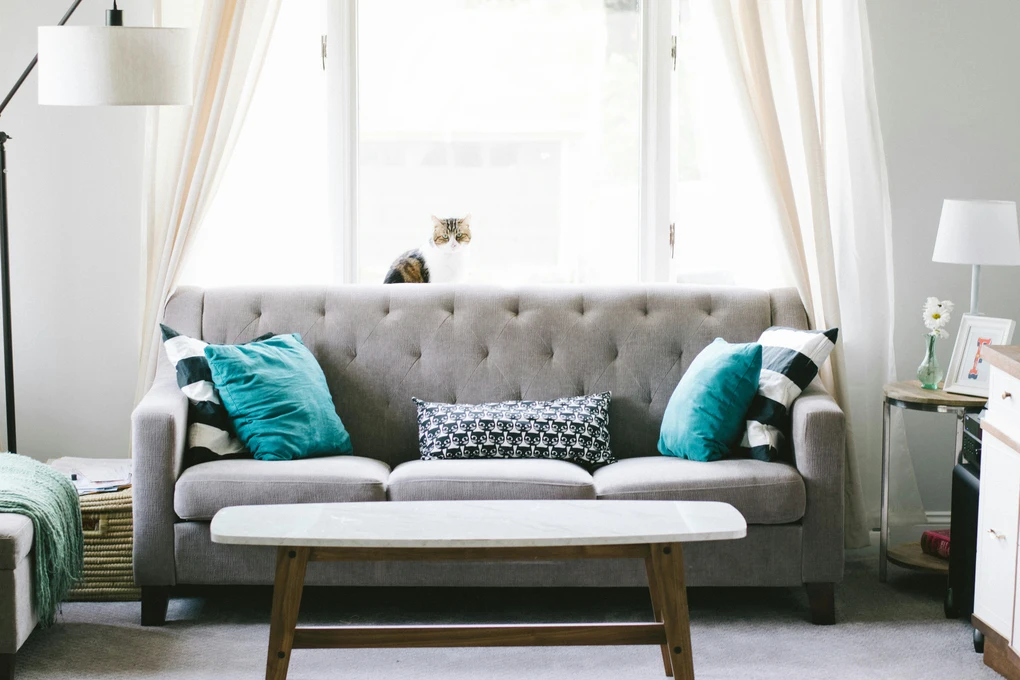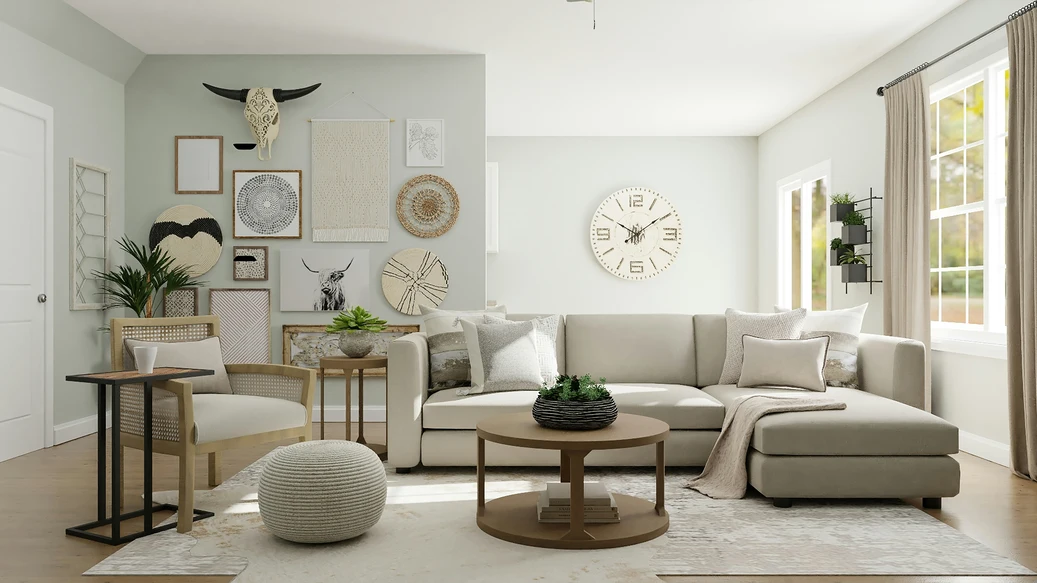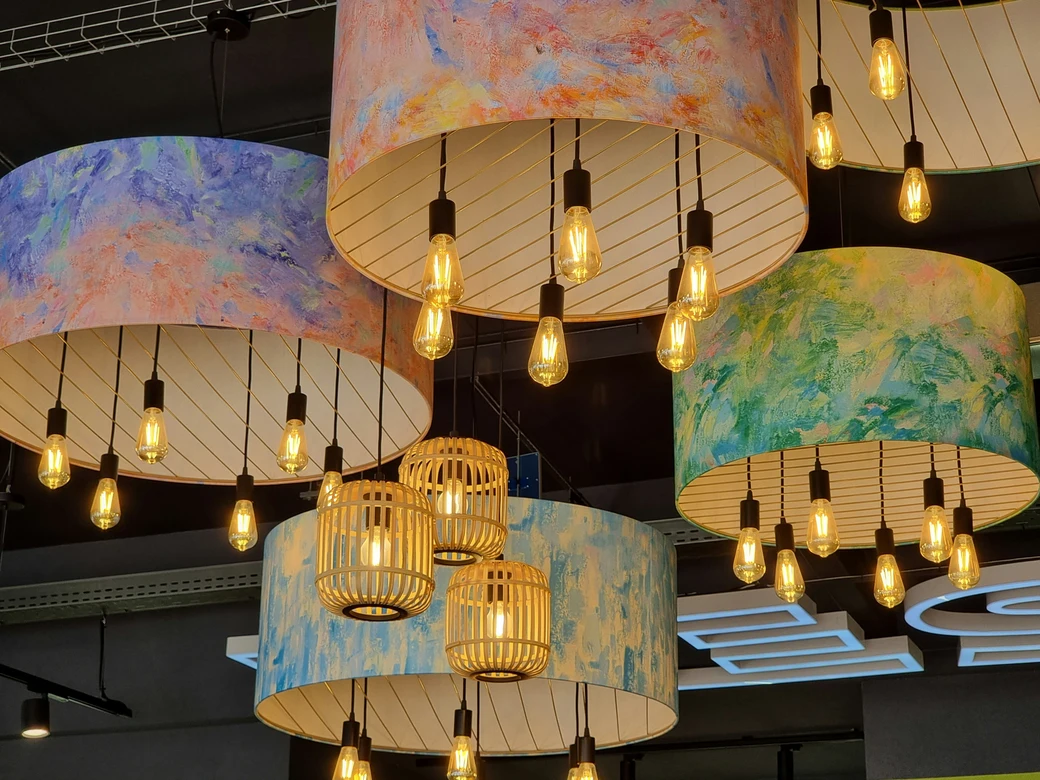The way we arrange our furniture is often seen as a matter of style or practicality. But beneath those choices lies a hidden layer of psychology that can deeply influence how safe, comfortable, and even productive we feel in our living spaces. This concept, known as furniture flow psychology, explores how the direction you face at home impacts your stress levels and overall comfort more than you might realize.

Understanding Furniture Flow Psychology
Furniture flow psychology looks at how furniture placement interacts with natural human instincts, like the need for security, visibility, and balance. Our brains are wired to scan for safety in our environment, and when furniture disrupts or supports this process, it can either ease or heighten our stress levels.
For example, sitting with your back to a door may unconsciously trigger a sense of vulnerability, while facing toward natural light can improve your mood and energy levels. It’s not just about design—it’s about how your home shapes your mental state.
Why Facing Matters in Furniture Placement
When you position a couch, desk, or bed, the direction it faces has subtle but powerful effects. Facing an open space often feels calming, while facing a cluttered wall can create mental tension. Similarly, positioning yourself toward windows provides access to daylight, which supports circadian rhythms and reduces fatigue.
Some of the biggest psychological impacts come from:
- Facing Entrances: Provides a sense of security and control.
- Facing Windows: Boosts mood with natural light and views.
- Facing Walls: Can increase stress unless softened with art or calming décor.
- Facing People: Encourages conversation, warmth, and social connection.

The Stress of Poor Furniture Flow
When furniture is placed without considering flow, it can create subconscious stressors. Sitting with your back exposed to open space may trigger feelings of unease. Similarly, a bed that faces away from the door can affect how deeply you sleep. These small environmental details contribute to daily comfort—or discomfort—without us always realizing why.
Creating Comfort with Furniture Flow Psychology
To optimize your living space, consider these strategies:
- Command Position for Beds and Sofas – Place them where you can see the entrance without being directly in line with it.
- Maximize Natural Light – Face desks and chairs toward windows when possible.
- Balance Flow in Open Spaces – Use rugs, partitions, or plants to direct pathways and create comfort.
- Encourage Conversation – Arrange chairs and sofas to face each other rather than isolating seating.
- Reduce Clutter in Sightlines – Keep the view from primary furniture pieces clean and calming.
The Deeper Connection Between Space and Mind
Furniture flow psychology goes beyond aesthetics—it’s about designing with mental well-being in mind. By aligning furniture placement with human instincts, you reduce stress, improve focus, and create a sense of harmony in your home.
When you begin to see your furniture not just as objects, but as tools for shaping comfort and calm, your living space becomes more than stylish—it becomes supportive.

Frequently Asked Questions (FAQS)
1. What is furniture flow psychology in simple terms?
It’s the idea that where your furniture faces affects how safe, relaxed, or stressed you feel in your home.
2. Why does facing the door matter so much?
Humans instinctively feel more secure when they can see who is entering a space. Sitting with your back to the door can trigger unease.
3. Can furniture placement really affect sleep?
Yes. Beds that face away from the door can make people feel less safe, which may affect rest quality. Facing the door in a balanced way often promotes better sleep.
4. How do I arrange furniture in small apartments for flow?
Use multifunctional pieces and keep main furniture angled toward doors or windows. Use vertical storage to avoid blocking sightlines.
5. Is this related to Feng Shui?
There are similarities, but furniture flow psychology is rooted more in environmental psychology and neuroscience than traditional philosophy.
6. What if my home layout limits how I can place furniture?
Even small changes—like adding mirrors, art, or soft lighting—can redirect focus and reduce stress when ideal placement isn’t possible.
7. Can furniture flow psychology improve productivity?
Yes. Facing natural light or open spaces while working helps reduce fatigue, while keeping your back protected enhances focus and comfort
Want more blogs like these?
Want more blogs like these? Check out the Living Spaces category on Designs24hr.







